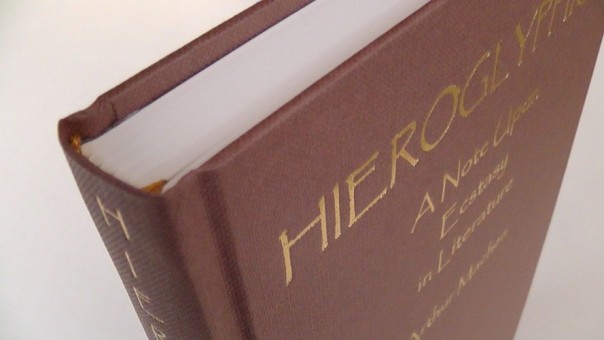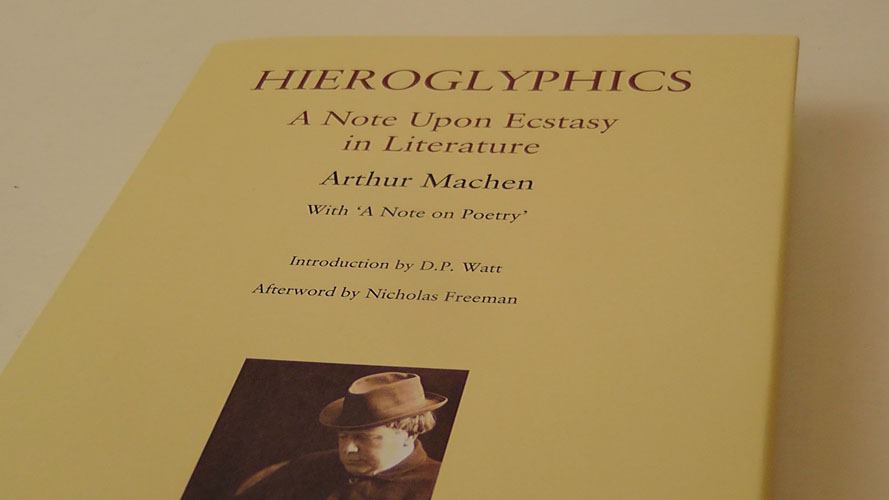I was delighted to be invited to offer an introduction to…
HIEROGLYPHICS
A Note Upon Ecstasy
in Literature
by
Arthur Machen
With ‘A Note on Poetry’
Introduction by D.P. Watt
Afterword by Nicholas Freeman
in a wonderful new edition from Tartarus Press
In his Note to Hieroglyphics, the author relates how it was his privilege, many years ago, to make the acquaintance of an obscure literary hermit who had had left the world and gone to Barnsbury. There, in the most retired street, he occupied two rooms on the ground floor of a big, mouldy house; and just beside the dim and dusty window of the sitting-room a laburnum had cast a green stain on the decaying wall. This is, no doubt, the same literary hermit who relates the fascinating stream-of-consciousness short story in ‘The White People’, but here in Hieroglyphics he details how high literature may be separated from mere reading material. True art, Machen argues through the literary hermit, should exist to portray the unknown and the infinite, and the key is a quality which he calls ‘ecstasy’.
Arthur Machen (1863-1947) was a Welsh author best-known for influential supernatural, horror and fantasy fiction, including ‘The Great God Pan’ (1894), and ‘The Bowmen’, a short story that was the genesis of the legend of the Angels of Mons. His best prose can be seen as embodying the philosophy of his unnamed literary hermit, being an attempt to invoke a sense of awe, wonder and mystery.


